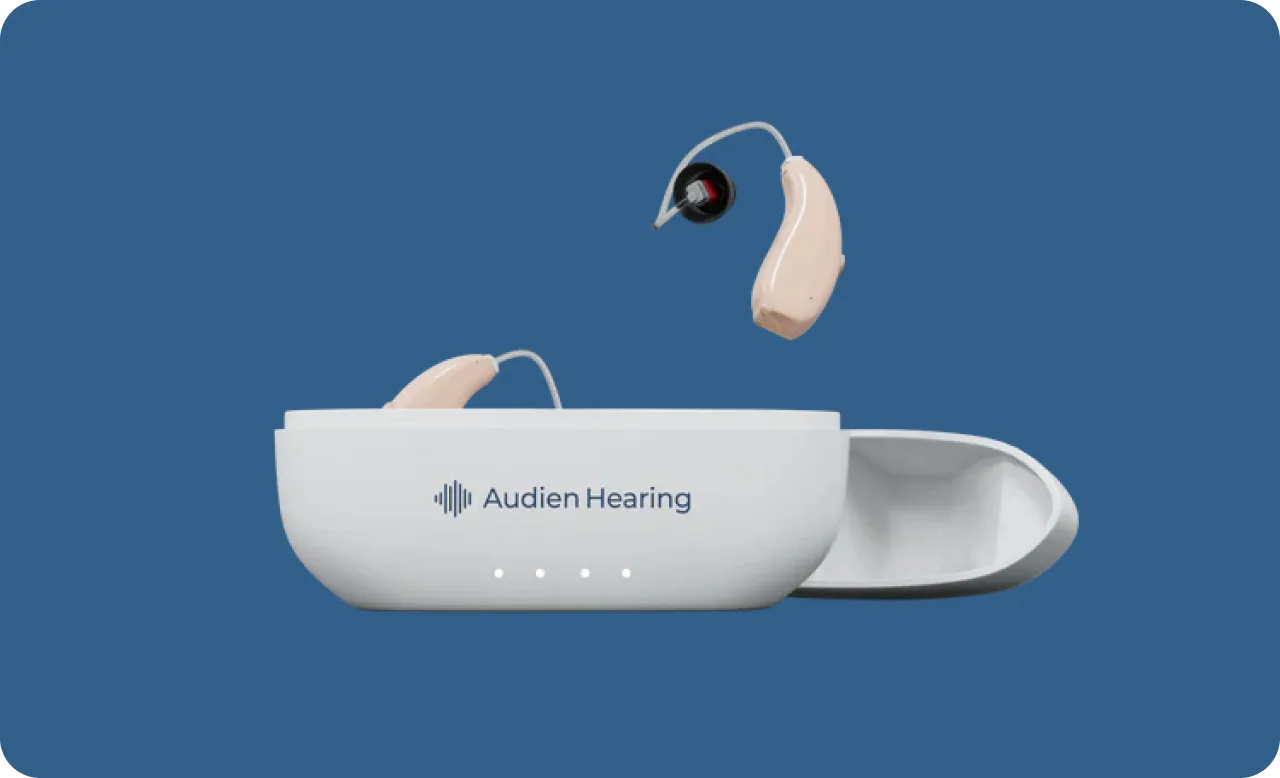
Never Fight Over the Car Charger Again (Yes, There’s a Fix)
If your car has one sad little USB slot and three people at 12%, you know the chaos. Here’s the thing: a good Multi-Port USB Car Charger turns that daily squabble into a non-event. Everyone gets a port. Everyone gets decent speed. You get peace and quiet. Imagine that.
Why we fight over chargers in the first place
It’s simple: not enough ports and not enough power. One person plugs in, the rest wait, and then someone yanks a cable mid‑navigation (ask me how I know). A solid Multi-Port USB Car Charger solves both problems—more seats get power, and the right tech inside keeps speeds up even when multiple phones are sipping at once.
What actually matters (so you don’t overthink it)
Look for watts first. Think of watts as lane width on a highway—the more you have, the easier it is for everyone to move. If you run two modern phones, aim for 45–60W total; add a tablet and you’re happier around 72–100W. USB‑C with Power Delivery (PD) is the fast‑charge standard you want, while USB‑A is fine for accessories. Also check if the charger lists per‑port limits versus total output; that little detail separates the champs from the pretenders in any Multi-Port USB Car Charger you’re considering.
Fast‑charging more than one device—does it really work?
Short answer: yes, if the power budget is there. Many chargers can deliver, say, 45W on one USB‑C and 20W on another at the same time. Some support PD 3.0/3.1 and PPS, which helps Samsung and newer phones charge smarter, cooler, and faster. Just remember your 12V socket is the source—if the adapter promises 100W, it should draw that safely without overheating. A quality Multi-Port USB Car Charger will clearly state simultaneous outputs, not just marketing fluff.
Safety matters more than you think
You want built‑in protections: over‑current, over‑voltage, short‑circuit, and temperature monitoring. Certifications like UL, ETL, or reputable CE/FCC compliance are a good sign. Metal shells help with heat, but a good plastic build can run cool too if the internals are legit. And no—leaving a charger in the 12V socket won’t drain your battery in a healthy car; the draw happens when devices are connected. A dependable Multi-Port USB Car Charger will idle clean and stay cool under load.
Make it easy for every seat (and tame the cable mess)
Believe it or not, port location is half the battle. If your socket’s up front and the backseat keeps losing, grab a charger with a long USB‑C cable running to a tiny hub—or use longer braided cables and tuck them along the console. Label cables (tiny tags work) so nobody “accidentally” swaps the fast one. A compact Multi-Port USB Car Charger up front plus a neat cable run to the back is the drama‑free setup.
When to upgrade—and what I’d pick today
If your current adapter tops out at 12W or makes your maps app stutter while charging, it’s time. Go for two USB‑C PD ports (at least one that can hit 30W) plus a USB‑A for legacy gear, and 60–72W total if you’ve got power users in the car. I keep a shortlist of winners that nail speed, safety, and size—check my latest picks on Consumer's Best. I break down which Multi-Port USB Car Charger to grab based on whether you’re commuting, ridesharing, or road‑tripping with a tablet‑obsessed kiddo.
Bottom line
You don’t need a new car. You need the right little adapter and the right cables. Spend once, stop the bickering, and let everyone arrive with a charged phone and better moods. When you’re ready, swing by Consumer's Best for my no‑nonsense recommendations and a few smart cable combos that just work.
Frequently Asked Questions

Audien Hearing Aids Reviews: Affordable Hearing Solutions?
Audien Hearing aims to make sound amplification accessible with its range of highly affordable hearing devices. These direct-to-consumer products offer a simple solution for those experiencing mild hearing difficulties who are seeking a budget-conscious entry point into hearing enhancement.






